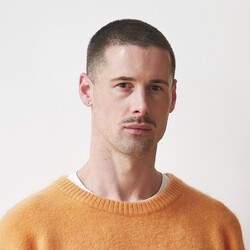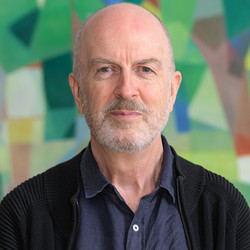B.191
B.
Bulletin
New Zealand's leading
gallery magazine
Latest Issue
B.22001 Jun 2025
Contributors

Director's Foreword
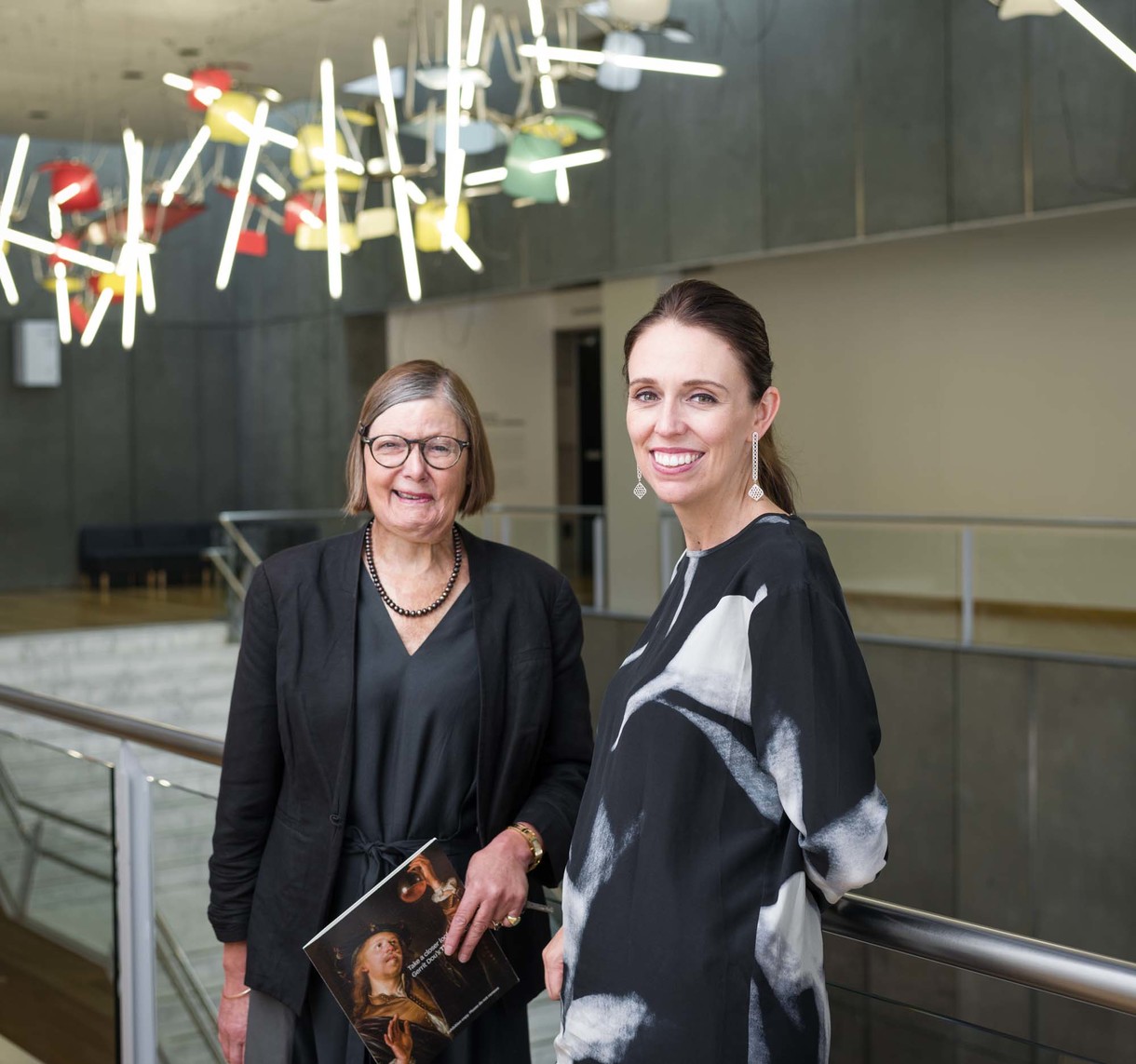
Director's Foreword
Welcome to Christchurch Art Gallery’s first Bulletin of 2018, B.191.
In this issue, Roger Collins looks at the Pacific etchings of eighteenth-century French artist Charles Meryon, who sailed around New Zealand on the Rhin, visiting the French settlement of Akaroa in 1843. Meryon continued to create images of the South Pacific throughout his life as exemplars of a possible alternative to the ‘social hell of a great European city’.
Postcard From...

Postcard From...
I moved to Paris in December to join my French partner and pursue my art history research and writing. We live in Rueil-Malmaison, west of central Paris, where there is an abundance of boulangeries and patisseries (many of which were even open on Christmas Day!), fruit and vegetable markets, cheese shops, and parks including the Parc de Bois-Préau and the lovely Parc des Impressionnistes which is situated beside the Seine. However, the area is most famous for the Château de Malmaison, the former private residence of Napoleon Bonaparte and Empress Joséphine. The château dates from the seventeenth century and displays Jacques-Louis David’s masterpiece, Napoleon Crossing the Alps.
My Favourite
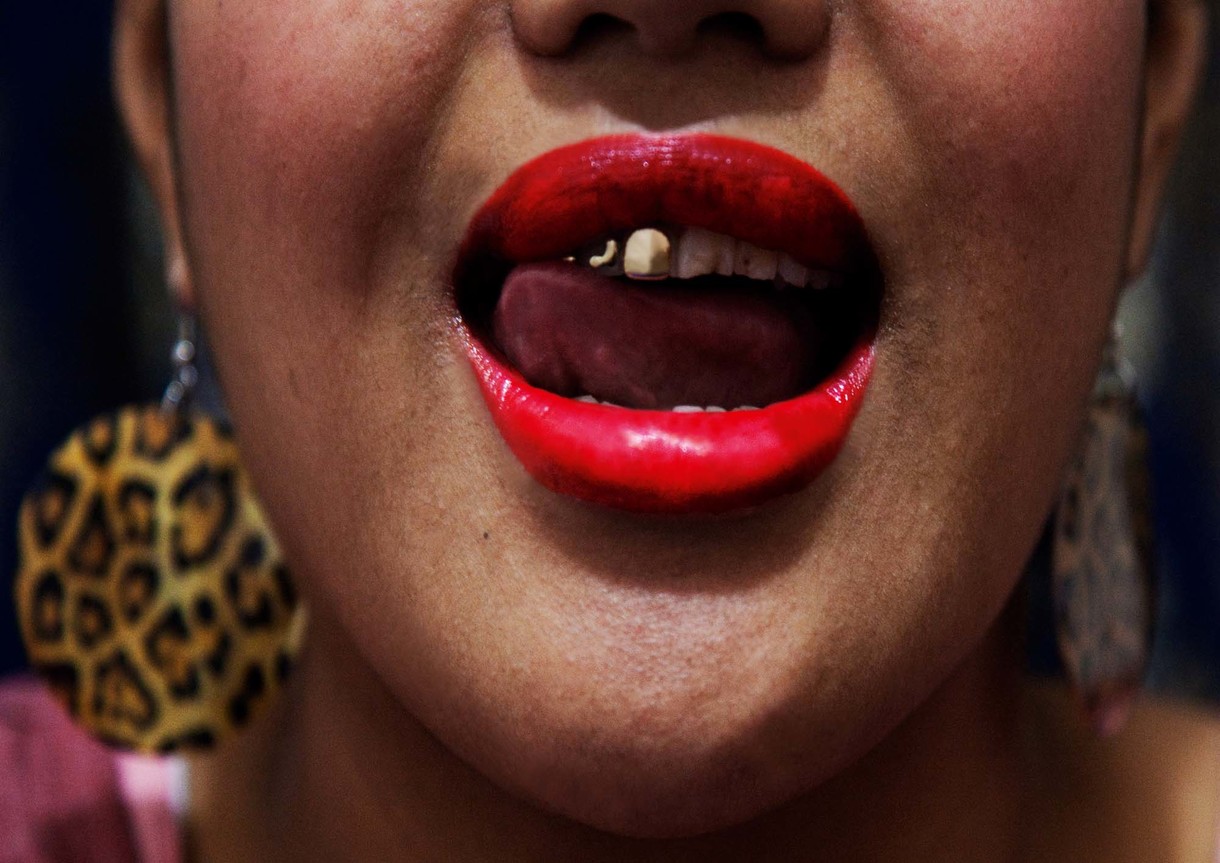
Ane Tonga's Seta
There’s a moment in my play Black Faggot when a gay Samoan man describes the moment he sees ‘this fine chocolate piece of mmmmmm’ on the dancefloor at a nightclub.
‘…he looked over at me and then he smiled and then I was like, Damn, he’s a Tongan. He had a mouthful of gold in there…’
Commentary
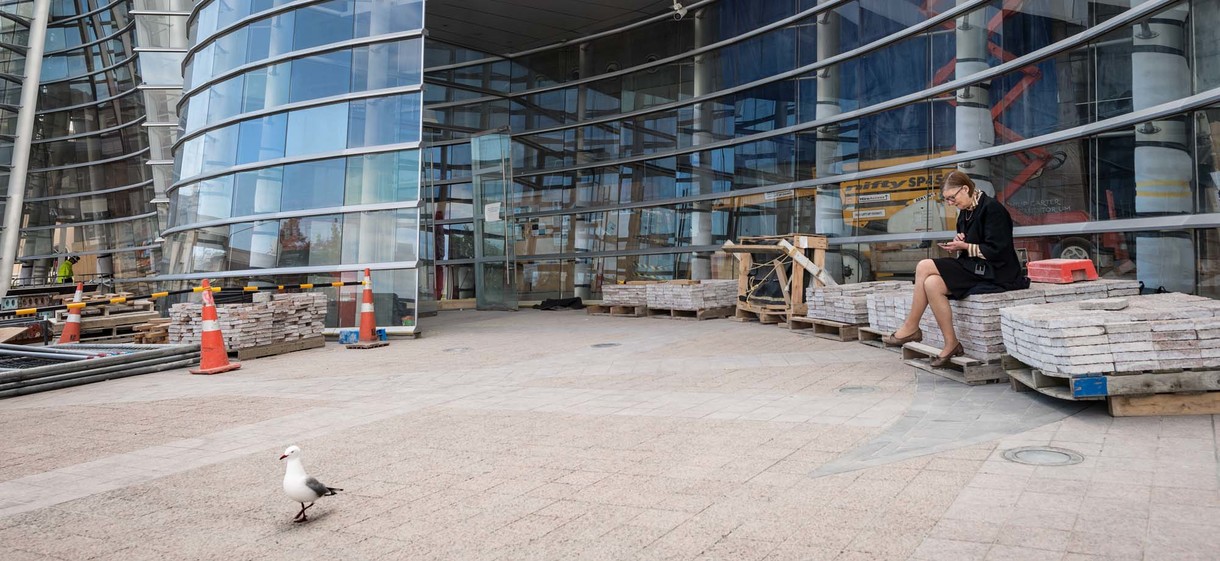
Zero Degrees of Separation
The New Zealand art world is an intimate place but my connection to Jenny Harper runs deeper than the usual bonds of a small community. Admitting this is a necessary disclaimer. I’m not an objective commentator; Jenny is family, literally. And professionally, I owe her plenty. What follows are some personal recollections about the Jenny I know through the associations we share, on the occasion of her imminent departure from the Christchurch Art Gallery, where she has been director since October 2006, making this the longest role in her distinguished career.
Commentary
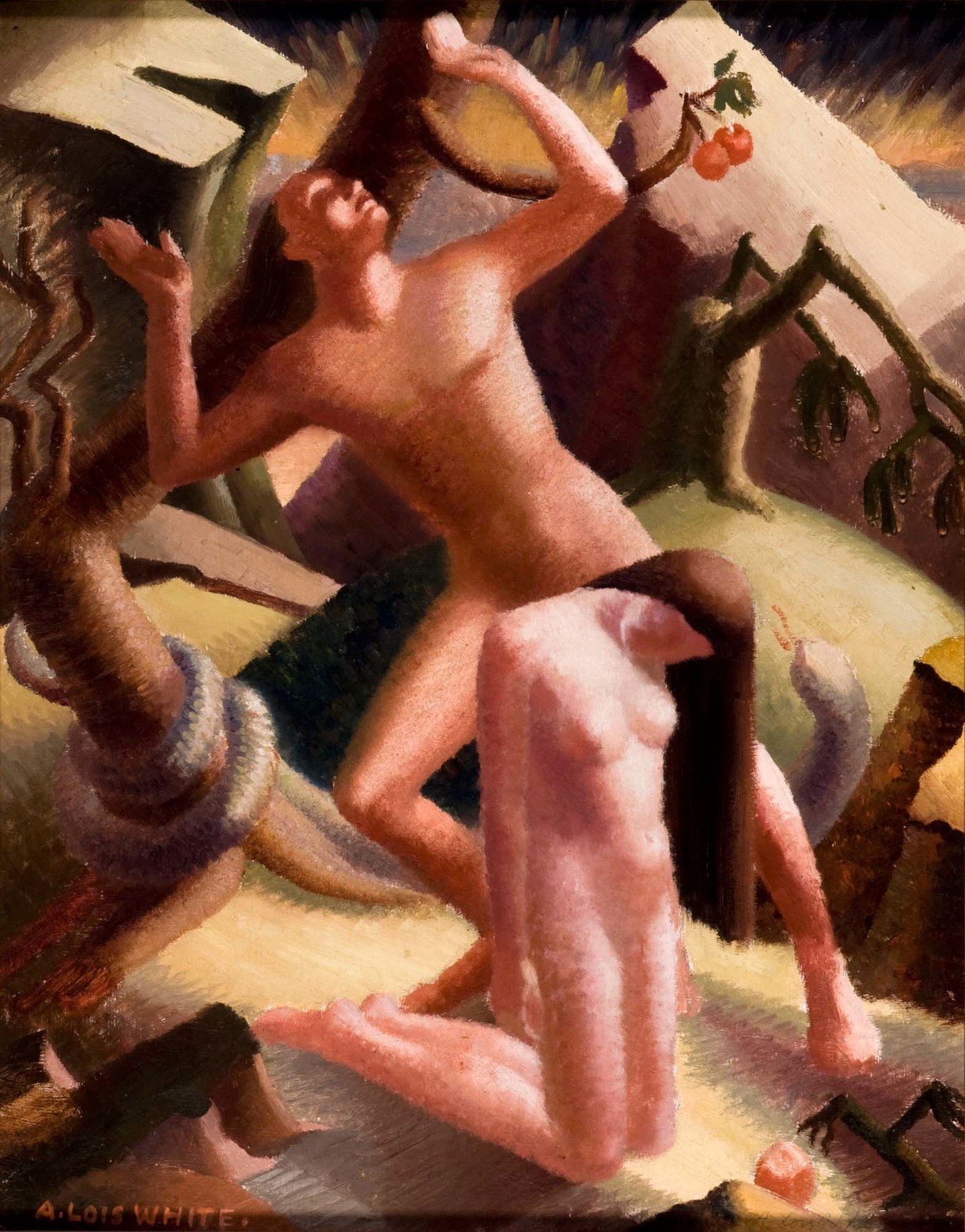
Raising the Stakes
On the opening of the Christchurch Art Gallery Te Puna o Waiwhetū Jenny Harper, then at Victoria University Wellington, wrote that the challenge for the newly opened Gallery was ‘to raise the stakes by acknowledging it is no longer the McDougall but is poised to become the force in the New Zealand art scene that Christchurch deserves.’ When, three years later, she became director of the Gallery, that’s exactly what she set out to achieve on several fronts. One of those was developing the collection.
Interview
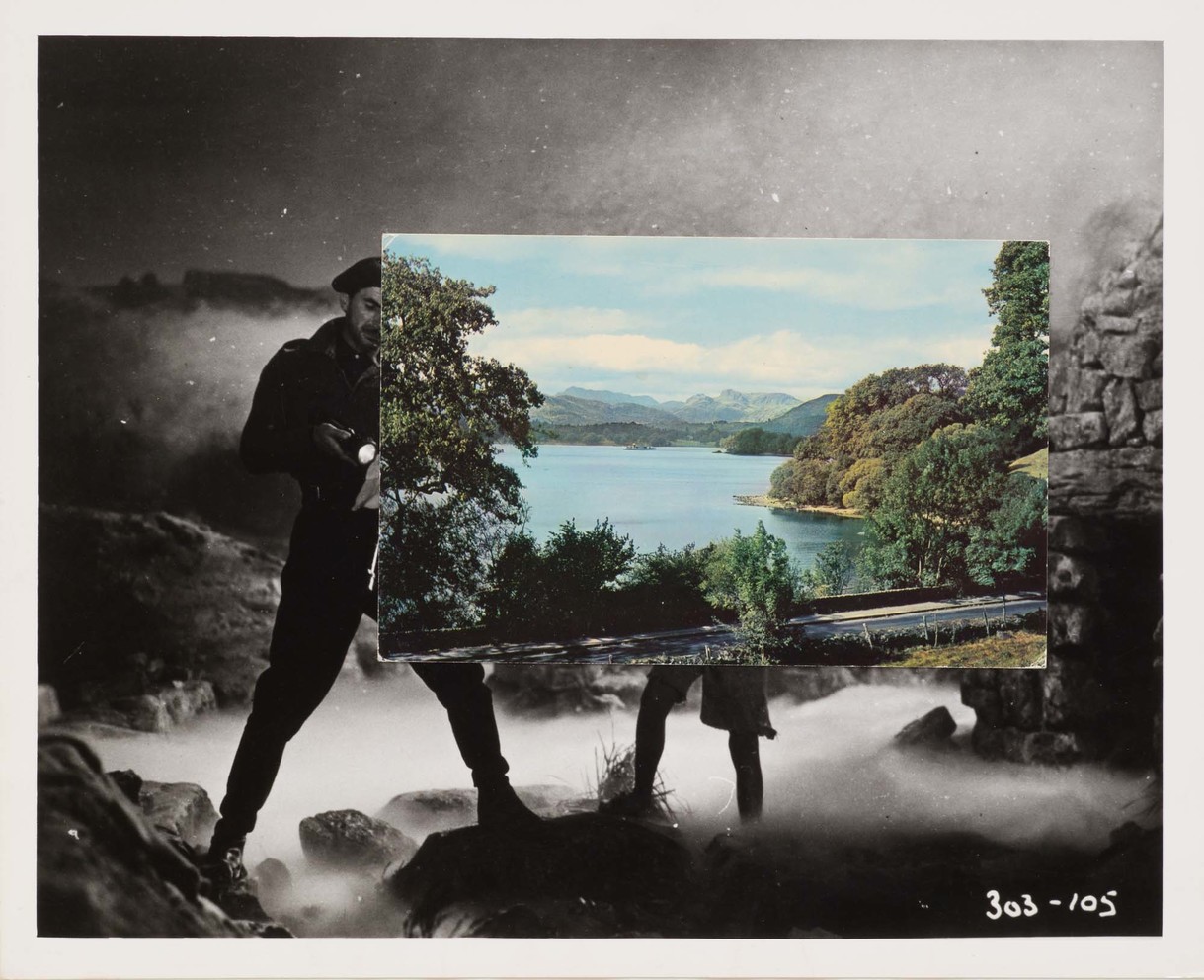
Sometimes Going Back Is A Way Of Going Forward
John Stezaker is an English conceptual artist, acknowledged as a significant influence on the YBA generation. He has been working since the mid-1970s, while achieving international acclaim for his work in the past fifteen years. His exhibition Lost World opens at Christchurch Art Gallery in March 2018. He spoke to senior curator Lara Strongman on a visit to Aotearoa New Zealand in August 2017.
Artist Profile
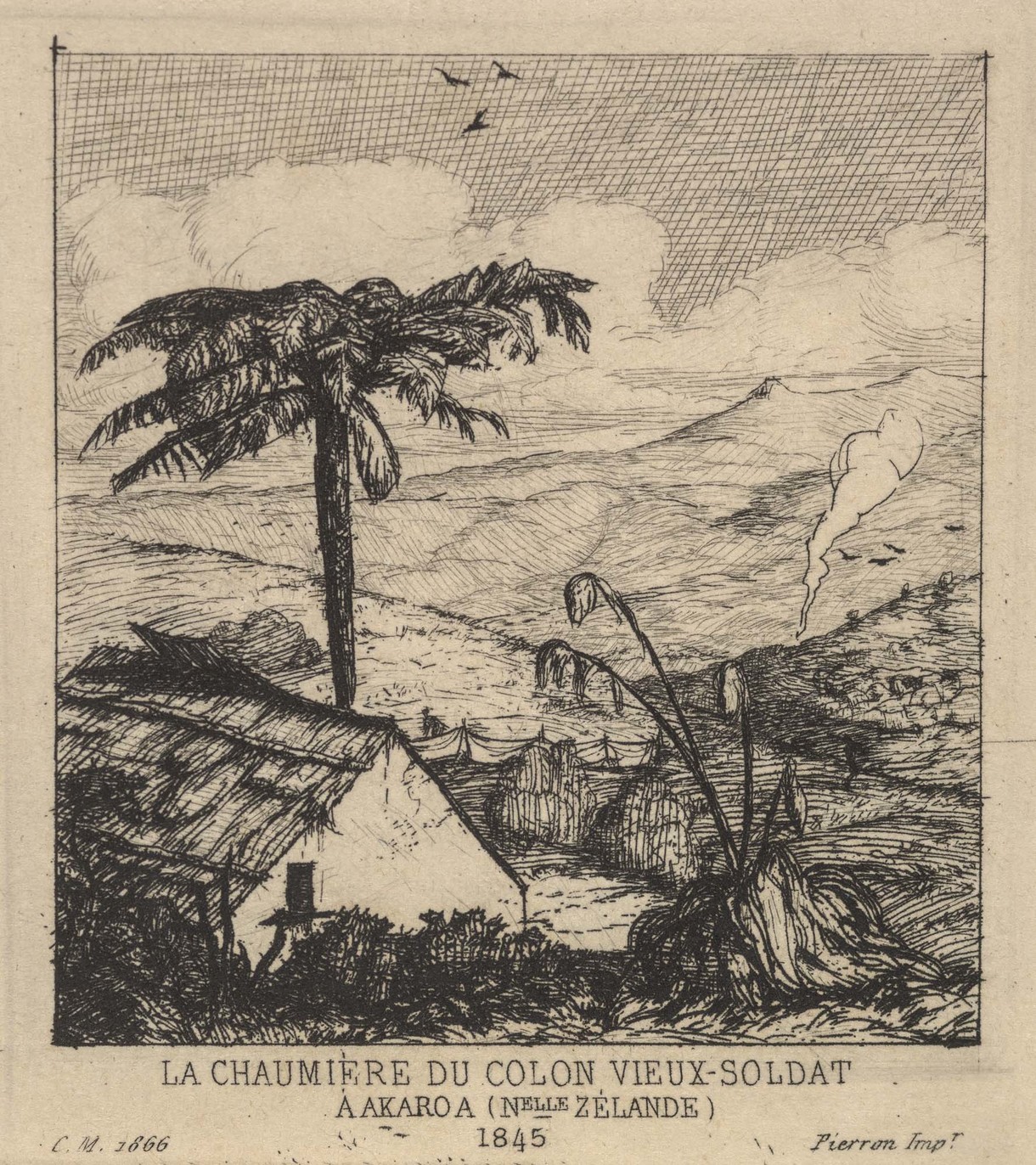
Charles Meryon: Etcher of Banks Peninsula
French explorers, natural historians, whalers and Catholic missionaries were increasingly present in the south-west Pacific from the mid-eighteenth century, but there was also a political thread in this activity. During the 1820s some in France saw New Zealand as a potential penal colony, and the project that saw a handful of French colonists settle on Banks Peninsula in 1840 made an official French presence in the region even more appropriate. This took the form of a French naval base, the ‘New Zealand station’, established at Akaroa in 1840.


